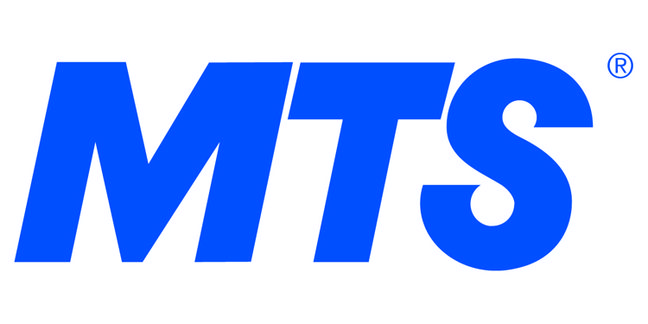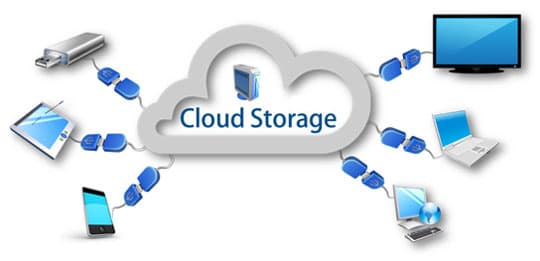National Australia Bank is a third of the way into a 10-year transformation plan that it hopes will increase its competitive edge, improve the customer and banker experience and avoid obsolescence across its IT architecture.
The technology side of this project, which the $754 billion-asset NAB calls Total Environment Transformation, includes a core systems overhaul as well as branch, contact center, data center, network and social media upgrades. For its new core banking system, NextGen, the Melbourne bank has selected the Oracle Banking Platform that Oracle officially debuted in September. For much of the data center equipment to support it, the bank is implementing IBM infrastructure on demand.

Australia’s four major banks — Australia and New Zealand Banking Group, Commonwealth Bank of Australia, National Australia Bank and Westpac Banking Corp. — have all been extensively modernizing their technology. CBA is close to completing a core system replacement using SAP’s platform and is building a layer of customer analytics capability on top of that with SAS software. ANZ recently acquired technology to help provide financial data management to its corporate clients.
When Adam Bennett became NAB’s chief information officer, in March 2009, his team evaluated the marketplace and the industry. “We found that the pace of technology change is unprecedented, our customers’ expectations and what’s driving their behaviors is a strong force for change,” he says. “The customer has changed how they want to do their banking.”
Banking software had also improved, he found. “We’ve seen a lot of specialization packages, such as Oracle Banking, that didn’t exist 20 years ago,” Bennett says. “All those changes for us meant our legacy systems are not well suited to the present of how does one bank with us. That was the impetus to initiate a transformation of the entire environment toward an on-demand environment where we’ve got infrastructure on demand, network on demand, contact center on demand, and a core banking platform from Oracle with a clear upgrade path. We’re getting away from a bespoke legacy environment onto a more upgradable and current set of technology applications, infrastructure, and network that we feel are necessary to make us competitive going forward.”
In November, National Australia reorganized its IT leadership. The CIO position was eliminated and Bennett was promoted to the newly created position of executive general manager, enterprise transformation, group business services. His responsibilities include enterprise architecture for the bank, enterprise project management, and transformation technology including the NextGen program.
In December NAB went live with an internal private cloud, based on IBM’s infrastructure on demand, that hosts the bank’s main production environment, including its new Oracle system, and will support short-term compute-intense projects such as marketing campaigns. “We can pay for what we use, and IBM will charge for what we use,” Bennett says. “If we don’t need it, we won’t use it.”
The equipment is all hosted in NAB’s data centers, which is unusual for in the pay-by-the-drink model. “We’re quite pleased with that,” Bennett says. “We’re trying to get our whole environment on a new footing, where we will have our infrastructure on an on-demand basis with a strategic partner. We’re also looking to do that with our network provider.”
The bank has upgraded its network from eight voice and data networks to one. It plans to virtualize employee desktops. It’s seeking a new trading platform for equities, it’s looking into new payments systems, and it’s opening a new data center in January. “It’s a pretty holistic transformation,” Bennett says.
At the heart of the initiative is the most difficult part — the bank’s core banking overhaul. “With any organization of the size of a major T1 bank, with its IT complexity, unraveling that is a bit of a challenge,” Bennett acknowledges. One expected benefit: Bennett says he thinks NAB will be able to retire or decommission 100 legacy applications.
In the first stage of the Oracle deployment, NAB used it to relaunch UBank, its branchless, standalone direct online bank. “We installed new code with Oracle in February and March of this year, and linked that into our overall environment,” Bennett says. The UBank upgrade let NAB streamline the underlying business processes of opening an account and transferring money to an account, thus lowering the total cost of ownership. It provides real-time processing of funds between UBank accounts and lets customers customize their online banking portal. A new business intelligence tool lets customers enter their personal data and search for people like them, to see others’ income and spending patterns. Bennett expects customers to use this feature to find popular restaurants and shops in their neighborhood; ultimately he expects to offer this anonymized information to business customers. NAB will add more “drops of functionality” over time, he says.
In August the bank moved 300,000 UBank customers to the new platform. “That went very well and we’re getting good feedback from customers about the functionality and the customer experience,” Bennett says.
The UBank relaunch is the tip of the iceberg of the Oracle deployment to date, Bennett says: payments and accounts have also been migrated to the Oracle platform. Lending products will be next to shift to Oracle and eventually, even broad enterprise tools such as credit risk and compliance programs will move to Oracle.
In mid-December, NAB opened a social media command center in Melbourne where staff members use Salesforce Marketing Cloud (formerly Radian6) to field 5,000 comments and 600 customer service requests per month. “The impetus behind that is a recognition of changing customer expectations — customers increasingly want to be able to communicate 24/7, over mobile, wherever they are,” Bennett says. “We want to present our customers with offers that make sense and let them access those offers from wherever they are, using any channel they choose. We also want to get a good sense of what people are saying out there, what our customers are looking for.” The bank has 135,000 followers across Twitter, Facebook, YouTube, Google+ and LinkedIn.
A recent cheeky interaction in its social media center helped NAB win a new client. A small business owner in Victoria sent a tweet to all the major banks in Australia: “OK Twitter: Westpac, NAB or CommBank? Which is the best of the bad bunch?” One of NAB’s social media representatives replied: “I’m a little biased, but I hear @nab are fantastic.” The small business owner replied, “hahaha. Okay. You guys win our business based on that tweet alone.”












